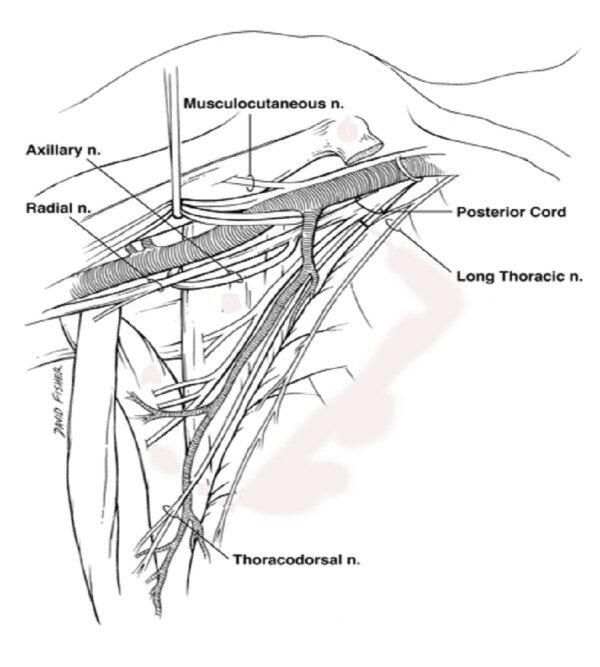World Neurosurg. 2018 Mar;111:279-290. doi: 10.1016/j.wneu.2017.12.041. Epub 2017 Dec 18.
Mortazavi MM, Quadri SA, Khan MA, Gustin A, Suriya SS, Hassanzadeh T, Fahimdanesh KM, Adl FH, Fard SA, Taqi MA, Armstrong I, Martin BA, Tubbs RS.
Abstract
INTRODUCTION:
Brain is suspended in cerebrospinal fluid (CSF)-filled subarachnoid space by subarachnoid trabeculae (SAT), which are collagen-reinforced columns stretching between the arachnoid and pia maters. Much neuroanatomic research has been focused on the subarachnoid cisterns and arachnoid matter but reported data on the SAT are limited. This study provides a comprehensive review of subarachnoid trabeculae, including their embryology, histology, morphologic variations, and surgical significance.
METHODS:
A literature search was conducted with no date restrictions in PubMed, Medline, EMBASE, Wiley Online Library, Cochrane, and Research Gate. Terms for the search included but were not limited to subarachnoid trabeculae, subarachnoid trabecular membrane, arachnoid mater, subarachnoid trabeculae embryology, subarachnoid trabeculae histology, and morphology. Articles with a high likelihood of bias, any study published in nonpopular journals (not indexed in PubMed or MEDLINE), and studies with conflicting data were excluded.
RESULTS:
A total of 1113 articles were retrieved. Of these, 110 articles including 19 book chapters, 58 original articles, 31 review articles, and 2 case reports met our inclusion criteria.
CONCLUSIONS:
SAT provide mechanical support to neurovascular structures through cell-to-cell interconnections and specific junctions between the pia and arachnoid maters. They vary widely in appearance and configuration among different parts of the brain. The complex network of SAT is inhomogeneous and mainly located in the vicinity of blood vessels. Microsurgical procedures should be performed with great care, and sharp rather than blunt trabecular dissection is recommended because of the close relationship to neurovascular structures. The significance of SAT for cerebrospinal fluid flow and hydrocephalus is to be determined.
Copyright © 2017 Elsevier Inc. All rights reserved.
KEYWORDS:
Arachnoid matter; Liliequist membrane; Microsurgical procedures; Subarachnoid trabeculae; Subarachnoid trabecular membrane; Trabecular cisterns





















